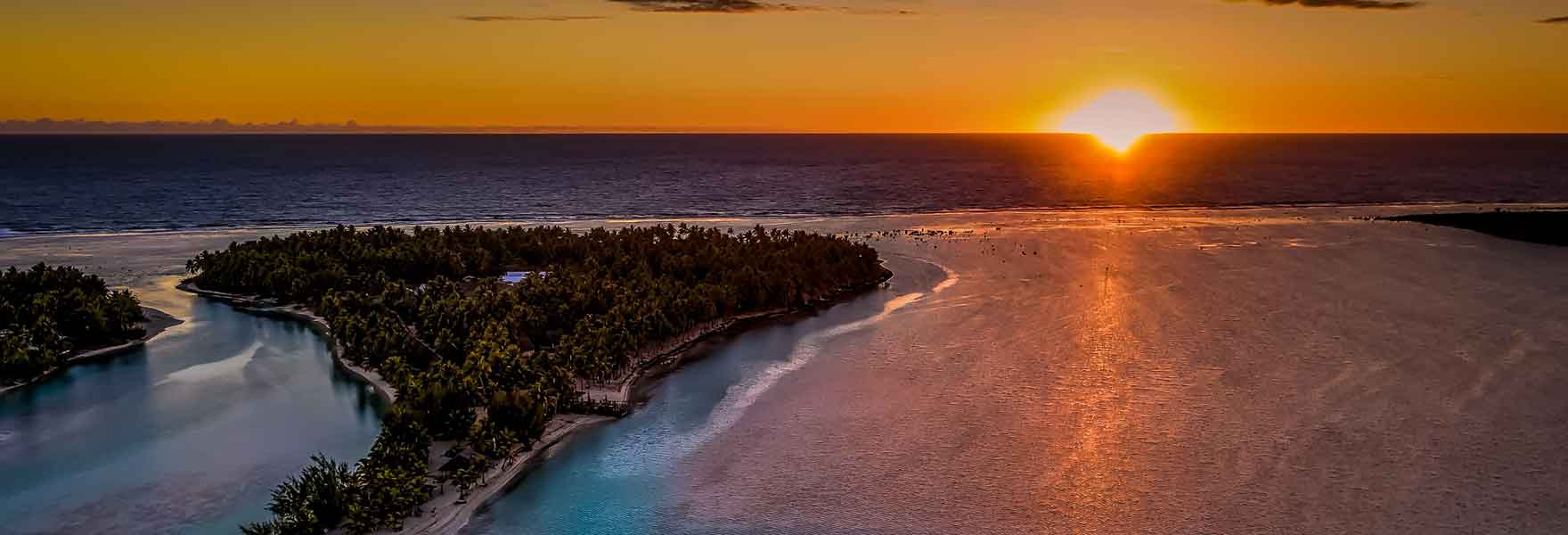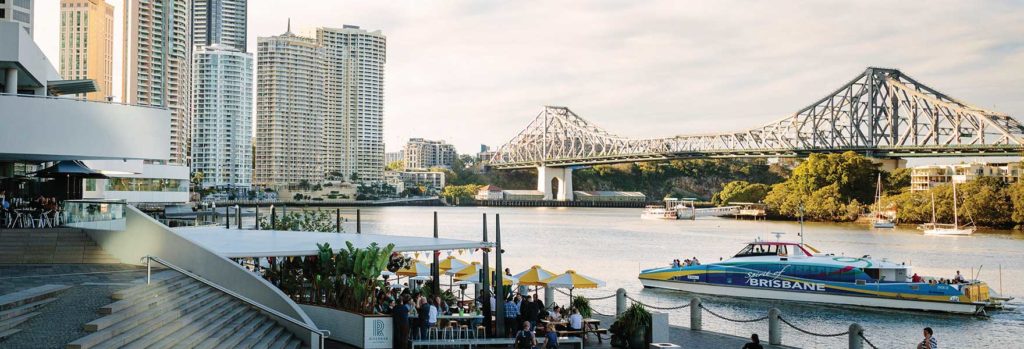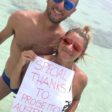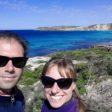The wonderful Cook Islands are an archipelago in the southern Pacific made of fifteen volcanic islands and a variety of smaller cays. It is a true tropical paradise surrounded by pristine ocean. A former English protectorate, Cook Islands are know joined to New Zealand and remain a true South Polynesian paradise renowned for romantic and authentic holidays. Cook inhabitants are welcoming people, a cosmopolitan mix of westerns influences and ancient Polynesian traditions. You will be welcomed with smiles and a friendly, warm attitude. Like all true Maori, locals love to celebrate their culture in great style, big ceremonies and traditional costumes. Great performers, they are among the best dancers and drummers in Polynesia. Rarotonga, Aitutaki and Atiu are the most visited islands. Other smaller ones despite being true charming places, are less populated and less equipped for tourists.
RAROTONGA
The main island has many beaches worth a visit: the wonderful Aori Marine Reserve includes the island’s coral reed and offers to visitors a glimpse to the most extraordinary ocean floors; Muri beach is one of the island’s lagoon where many resorts are found and it is considered the island’s most beautiful beach. Water is always warm, and many smaller atolls can be seen over the horizon. You can admire them or reach them by canoe (or glass bottom boat) or by snorkeling – one of the most popular activities on the Cook Islands. Locals have a special relationship with the marina in Avana, north of Muri Beah: it is said that from here the first Maori canoes left towards New Zealand in the XIV century.
A true experience is not complete without a walk among the island’s tropical nature: Te Rua Manga Cliff and the spectacular Wigmore’s Falls are famous spots. Punanga Nui Market is the pace to experience local cuisine and see how locals spend their life. A traditional market hosted every Saturday morning near Rarotonga Wharf in Avarua. Sample fresh fruit and typical dishes freshly prepared by the local mamas of Rarotonga like taro leaves and local tuna sashimi. Punanga Nui Market will not disapprove with its colourful, traditional stalls where you can find any kind of souvenirs, including the precious Polynesian black pearls.
AITUTAKI
Aitutaki is the second most visited island of the Cook Islands Archipelago, reachable by 1-hour flight from Rarotonga. Crystal waters and twenty-two surrounding islands. Aiutaki lagoon is undoubtedly one of most incredible places in the Cook Islands. The main island’s attraction is Tapuaetai Beach, best known as one Foot Island: white sand beach embraced by crystal clear waters edged by tropical flora nearly touching the water. Although, in Aitutaki water activities are common, with its hilly interior, it is possible to trek around the island or climbing the local Maungapu Mountain. It is a strenuous activity but rewarding with a spectacular view from the top.
ATIU
Also known as Enaumanu, literaly translating in “land of the birds”, Atiu can be reached by internal flights from Rarotonga. It is a volcanic emerged island: tectonic movements helped in elevating it over 10 meters from sea level and the whole island is surrounded by a typical phenomenon of fossil coral, named makatea. It is the less populated of the big Cook Islands with a population of around 580 people, mainly living in its interior. Abundant are crystal water lagoons and naturalistic excursions. One of them explains why this island is known as “the land of the birds”: through a guided visit of Anatakitaki Cave endemic birds like the kopeka can be seen, a small birds orienting its flight in the darks of the caves by a radio location waves system.
OTHER ISLANDS OF THE COOK ARCHIPELAGO
Other islands of the Cook Archipelago are smaller and often they do not have the touristic infrastructure needed. In some cases, upon talking with the local mayor, it is possible to be hosted by local families and stay in their houses. For instance, Palmerston Island has a population of only 50 people, who open their houses to tourists. Important is to respect locals, their traditions and customs especially in more remote locations like the “sisters islands” Mitiaro, Mauke and Mangaia.





